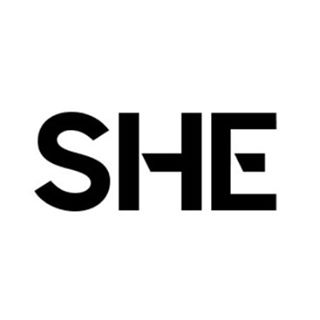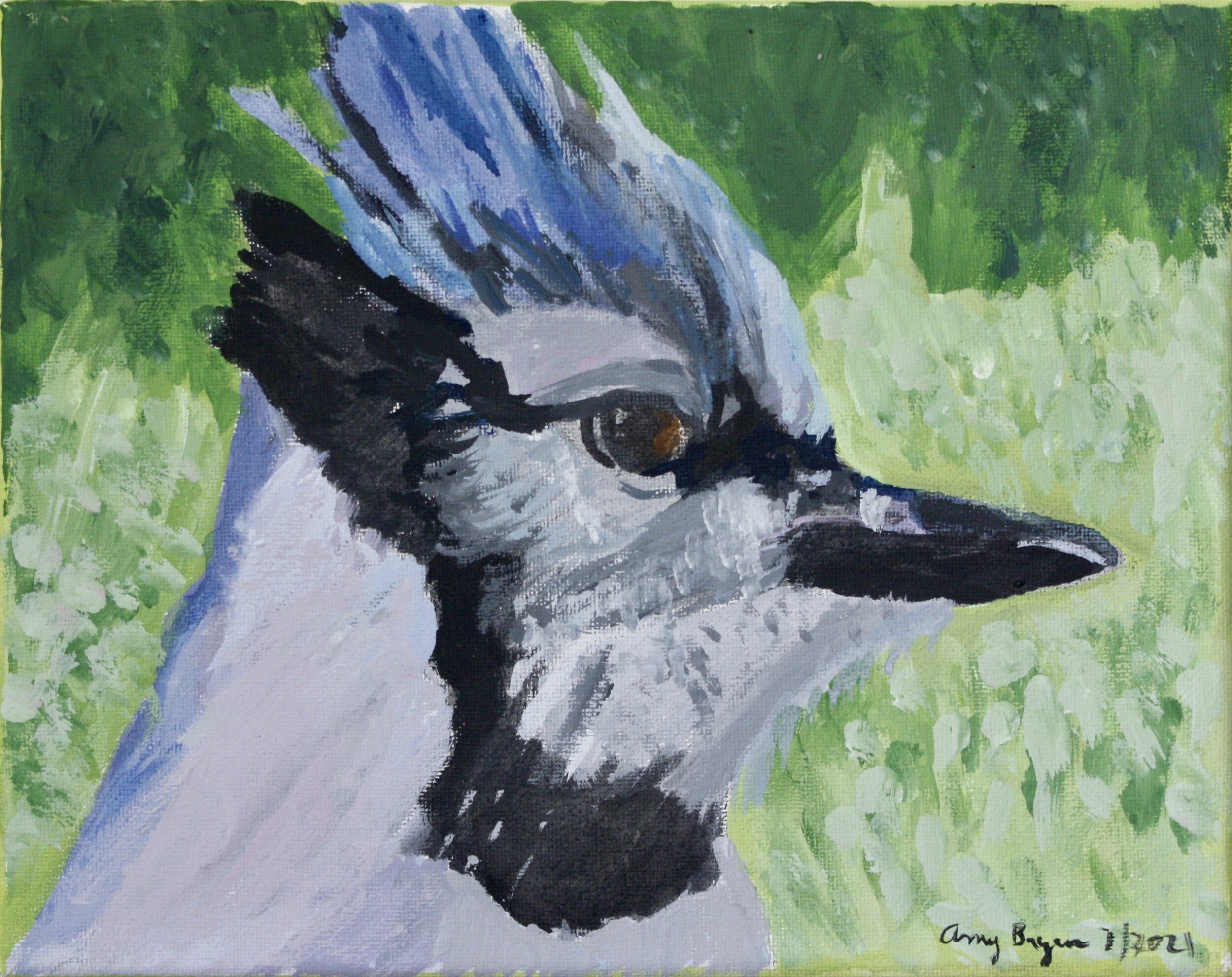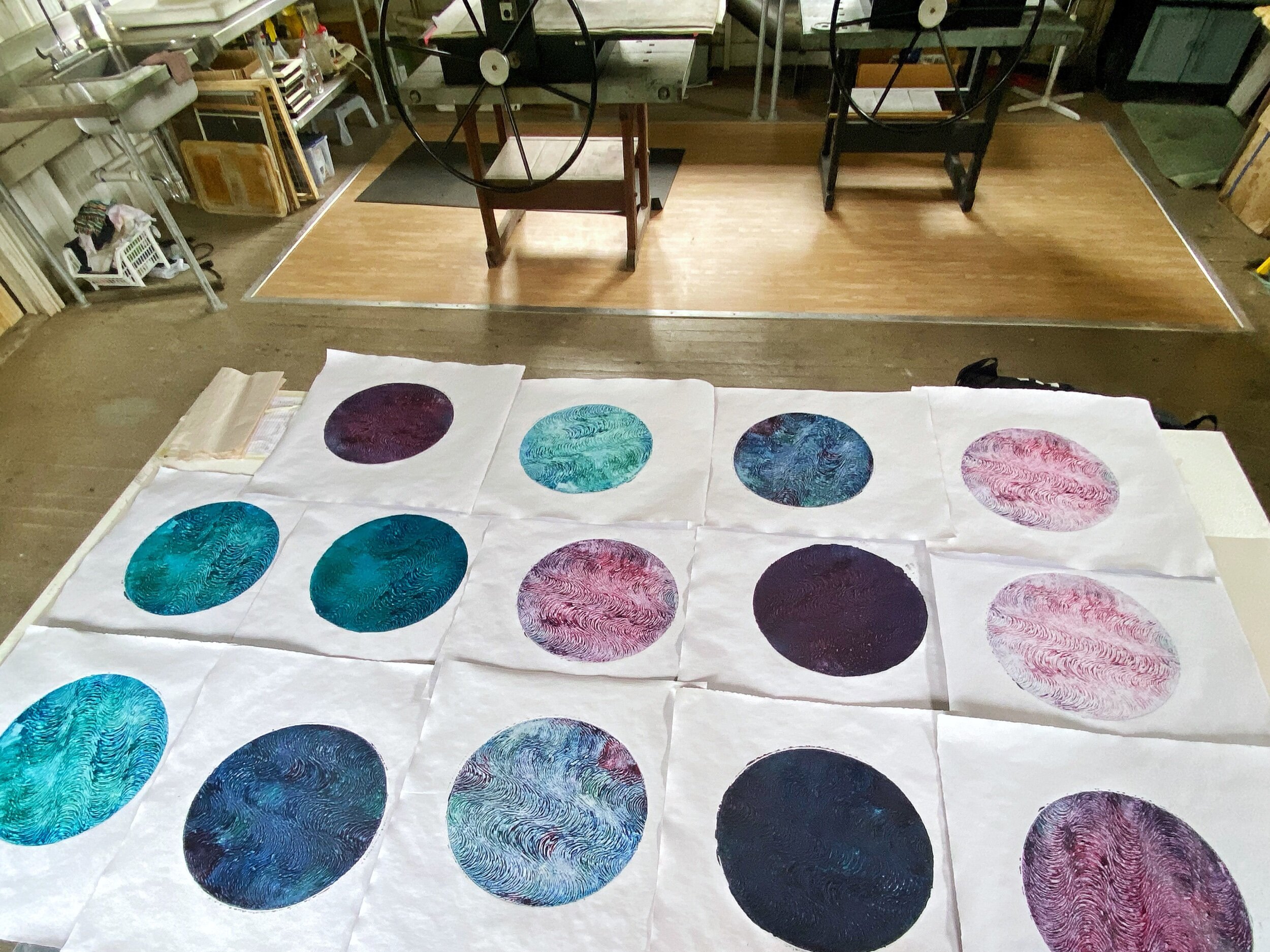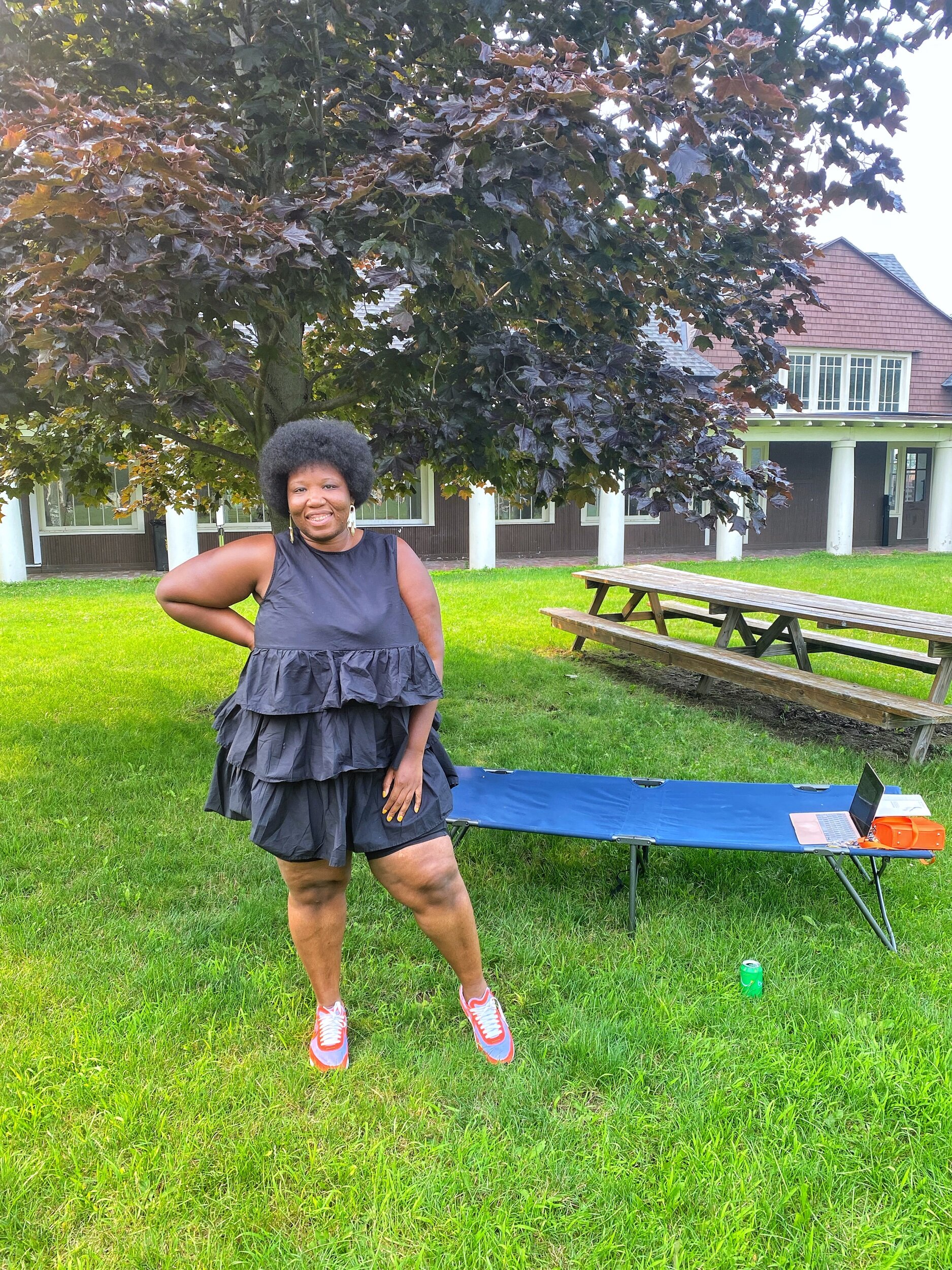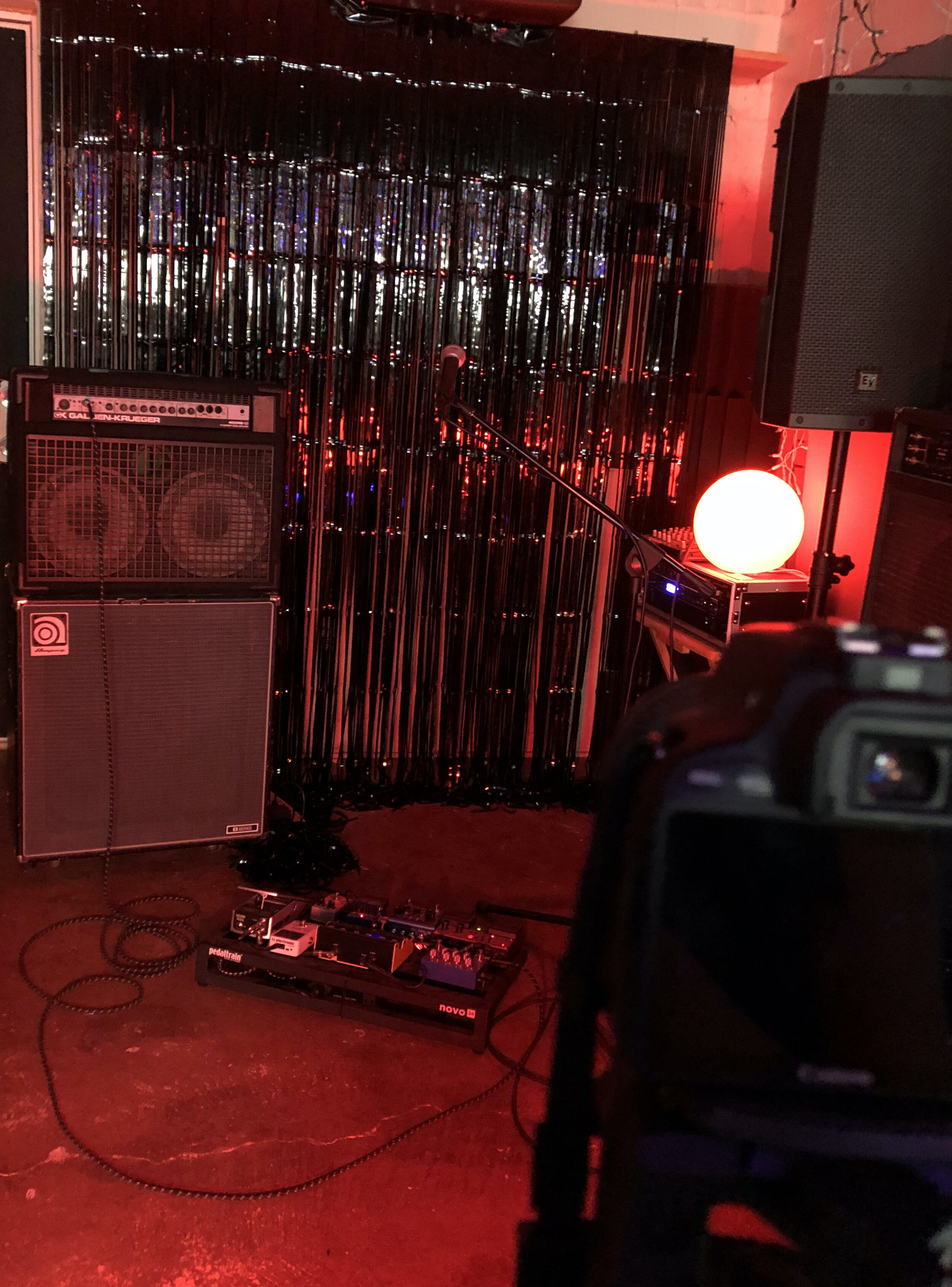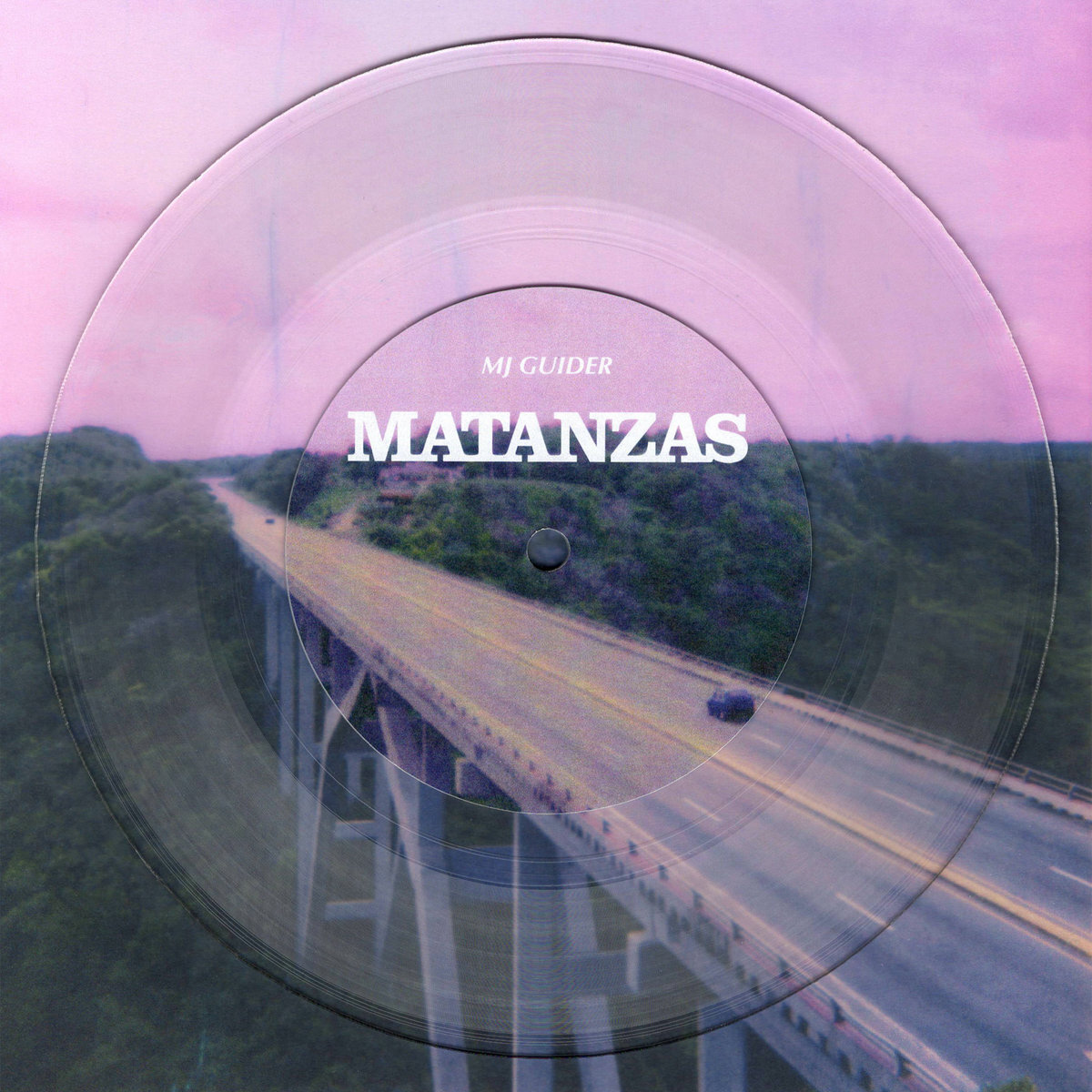SOME THOUGHTS ON STRUCTURE, SENTENCES, INSECURITY, AND OPTIMISM
I decided some years ago that structure is where it’s at, both in narrative art and in dance-making (dance being a sometimes-narrative art—but I think it’s true even for non-narrative dance). One can generate beautiful sentences, erase them, replace them with other beautiful sentences. The sentences deliver the story, but the sentences are not the story. They are in service of the story. It’s true of movement phrases. They are replaceable. They are what help you arrive at the dance, deliver the dance, but you can edit the phrase, even lose the phrase entirely without losing the dance. Beautiful movement is beautiful, but ultimately I am after beautiful structure. The structure is in fact what opens up space for beautiful movement. I cosign this observation from Chris Kraus’s I Love Dick: the narrator credits a friend as saying “the most subtle and intelligent thing about Arnold Schoenberg: When the form’s in place, everything within it can be pure feeling.”
UNPOPULAR OPINION
Q: What’s the difference between “improv” and “choreography”?
A: Nothing. (Don’t at me.)
BUT REALLY, WHAT’S THE DIFFERENCE
Improv is movement done within a conceptual container. We call that container a score. It’s like a musical score, like sheet music. The score is a set of instructions for the dancer(s). The instructions can be very broad (do whatever you want for five minutes!). They can be very, very, very specific. If the instructions get specific enough, the movement generated by those instructions becomes “set.” You follow the instructions, you get a recognizable outcome. The outcome becomes reproducible.
At this point, we tend to call the movement “choreography.”
THE CHICKEN, THE EGG
The version of an animal dance I’ll be performing at the CAC in fall 2022 is intended to be “evening-length,” which means I’m shooting for between twenty to forty minutes. Past versions have been about ten minutes long. The structure for the new version will need to be built out, or built upon, or exploded.
Also, for this version of the solo, I decided I wanted to tackle my resistance to/feelings of inadequacy around devising and setting solo choreography on myself. (The previous iterations were mostly scored improv.) But it doesn’t make sense to me to generate choreography until I know the structure.
Meanwhile, because I’m in residency at the CAC, I’ve got studio time. Figuring out the structure is not something that will necessarily happen in the studio. It tends to be more of a notebook-brainstorming process for me. But studio access is not something to waste. What to do with it? I make my improv studies. The truth is, if I’m not moving, I feel like I’m not working.
THE CHICKEN, THE EGO
This is exactly—exactly—the problem I was having two summers ago, working on a novel. I was in Denver crying about it to Catherine Nelson over sushi. I explained to her that I needed to figure out the novel’s structure so I could write sentences that actually moved the novel in some sort of, you know, actual direction. But if I wasn’t typing sentences, I didn’t feel like I was writing. I was afraid that the time I spent trying to understand the novel as a form, to grasp what my formal options might be, and then to devise a structure for my own novel was really just a bunch of procrastinator bullshit. To me, typing sentences felt like writing. Anything else I did during my writing time struck me as suspect.
“Okay,” Catherine said calmly. (She is a good friend.) “So then what if you split up your writing time. And you start off typing sentences, just to satisfy that ego part of you that needs to feel like This Is Really Writing. And then, having satisfied that part of you, you can move onto—"
I was like, “Yeah, I can move onto the actual work I need to do.” Just hearing her articulate it was so helpful. I realized that my belief in typing as writing was absurd. I did not need to spend time typing. My ego didn’t need it that badly.
THE CHICKEN
I (clearly) love improv. I also find it deeply pleasurable to live inside of movement phrases I already know, to perform gestures I got to practice and refine in advance. I have not gotten to perform choreography in a while. I miss it. I love it. So what is my reluctance to choreograph for myself?
For one thing, generating and setting movement is tedious—it requires brute-force repetition to devise it, fix it, and get it into muscle memory. (And then fix it more.) By contrast, scored improv is quick and dirty; you can get at shapely structured dance work without the brute-force approach.
Another point of dread for me is that choreography requires, I think, some commitment in advance to a set of aesthetic choices. Improv is fast; my commitment to the tasks and the shapes and the movement quality lasts as long as the improv does. But if I’m going to put in the time to set movement—and it takes time—I want to know, going in, what kind of movement language I’m investing in. What vocabulary or vocabularies do I want to draw from? What vernaculars do I find appealing?
And right now I am in a phase of my dancer life where I am reconsidering what I find interesting and appealing. And by “reconsidering” I mean “razing everything to rubble.” At the moment, a lot of what I find, as audience, physically virtuosic I also find hypnotic, in the sense that it sort of lulls me to sleep after a minute or two. The flat-lining effect for audience can be mitigated if the dancing happens in ensemble; changes in formation and the deployment of unison and counterpoint can disrupt and refocus my attention. But if you’re dancing solo, even the most beautifully executed athletic graceful movement starts to look like more of the same, more of the expected. And the moment where it all becomes a wash to the audience—even the dance-loving, dance-knowing audience—happens much faster, I think, than dancers and dance-makers want to believe.
So here’s what I know. I know I don’t want to put the audience to sleep. I know that I want to access virtuosity. I know I don’t want to build a bunch of momentum-motored phrasework that looks like something I’d learn in a contemporary class. I know I love the way it feels to execute that kind of phrasework and I do want to have that feeling onstage. As always, I want my sentences to be beautiful and clear, and also surprising. What I really want is to use everything I love from the dance languages I already speak, and also I want to invent an entirely new language, and I want to know in advance, before I invest time in it, that I will love this new language. But I can’t know in advance, because it doesn’t exist yet. And also I’ve never made up a language before. And I don’t even necessarily believe it’s possible to do this. And, because I am not the world’s most confident dancer, I am afraid that even if I could come up with interesting language, I will be disappointed by my lack of facility in performing it.
I return, for the millionth time, to this quote from Zara Houshmand: “To commit to impossible tasks wholeheartedly [is to practice] the deep ethics of optimism.”
But the truth is, I don’t feel optimistic. I feel scared, doomed before I even start.
Unfortunately, I also have a deep, long-standing, possibly masochistic belief that whatever scares me most is the medicine I most need.
THE INEFFICIENCY OF EXPERIMENT
When Catherine talked to me about the possibility of doing this residency with SHE, I told her I thought it would be a good deadline-driven kick in the ass to tackle the dreaded task of “choreography.” This week I drove out to Twisted Run Retreat in Vancleave, MS, where there’s a screened-in pavilion with a smooth-enough wood floor to serve as a safe dance surface. I then spent two days tangled up in the old knot: I won’t know what kind of movement phrases will serve the dance until I have a better sense of the structure. But I’m not going to be able to solve the structure riddle in its entirety this week. Meanwhile, I’ve got access to dance space.
Finally I figured, if I invest some time in making phrasework now—even if it’s “wasted” in the sense that I never use any of this material in the solo—at a minimum I will learn something about strategy and about my own preferences, what works and doesn’t work for me in building movement phrases for myself.
So, sitting in bed with my laptop like a convalescent, feeling very sorry for myself because laptop time really does not feel like dancing, I reviewed improvs from 2018–2020, culling sections and stitching them together in iMovie. In an effort to undercut any hypnotic more-of-the-same effect, I deliberately sequenced improv bits from different days, when I was exploring different tasks and qualities, to see what would happen if I strung them together into a single movement phrase but tried to retain the distinctive qualities of the different improvs. Then I exported and flipped the video in QuickTime so I could mirror myself.
I ended up with about eight minutes of improvised material to work from. I decided my goal this week was to learn two minutes of that material as set choreography.
In practice, this means watching the video on my laptop screen in the studio, stopping, rewinding, playing two seconds, stopping, rewinding, replaying the same two seconds, trying to figure out what the hell I was even doing with my body in the video. Then attempting to recreate it in my body in the present.
It feels a lot like learning a song by ear, which is another way of saying it makes me want to rage vomit. (This extremely tedious task of learning from video is also a primary way that concert dance is passed down over time. To record and transmit choreography, there is a formal system of notation called Labanotation that most people don’t use; there are the dancers who originated the work and who often teach it to the next generation of dancers; and there’s video reference. Usually the video is not mirrored, so you have to reverse all the movements in your head as you’re watching—the performer’s right side is your left side.)
THE OUTCOME
I don’t even know if I like this phrase I put together. I haven’t interrogated it yet as a phrase. I just rewatched the take I posted to Vimeo, and really all I can say about it is that I look very weird.
